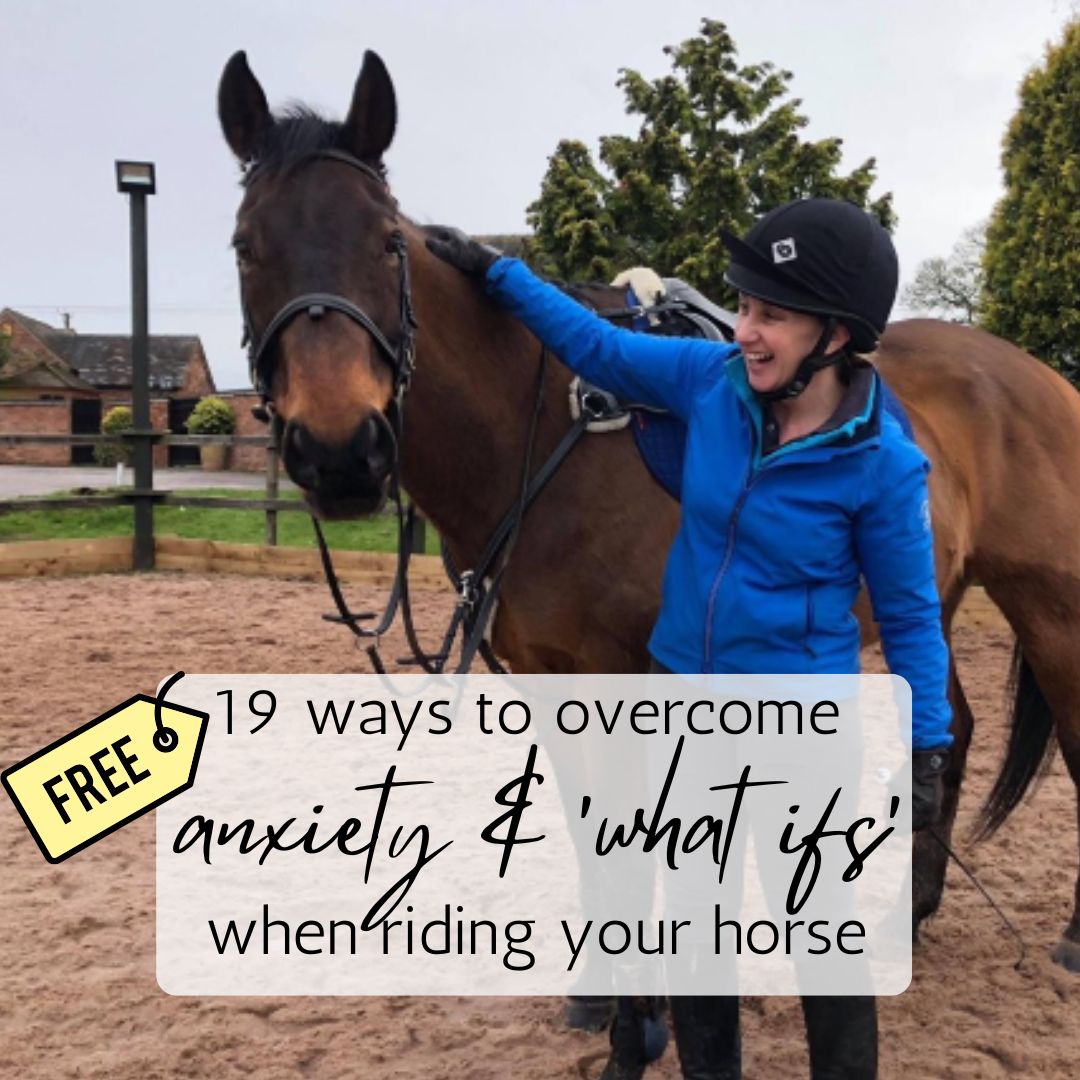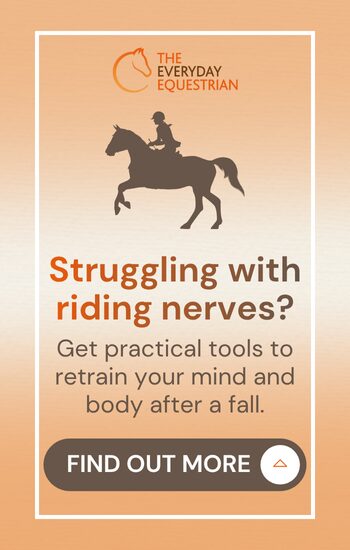Rules of Relaxation
www.theeverydayequestrian.co.uk
The first basic ‘rung’ of the German Scales of Training is rhythm, which is such a key component of the training of any ridden horse. However, for me rhythm can only really be achieved if the horse is relaxed.
I teach a wide variety of riders, across many levels with a huge variety of different horses. One of the biggest issues I come across is tension in the horse (and very often in the rider too!). Addressing tension in the horse can be really challenging, but I often find that if I can give the rider an appropriate exercise to ride through, then their brain becomes occupied and the partnership starts to improve. My theory is that if I can get the rider to focus on a ridden exercise (and it really doesn’t need to be complicated), then they begin to relax and this has a really positive effect on the horse.
Focus the rider, and the horse will often relax and improve its way of going.
For example, let’s take a worried rider who is busy trying to see all the different things around the arena which their horse ‘is going to spook at’. As a result, they are tense and stiff in their body, and the horse reflects this. If I can redirect the rider’s focus onto riding a particular exercise, then they begin to disregard all those potential monsters, and so does their horse! By breaking exercises down and paying attention to detail, both horse and rider begin to focus and relax. However, it should be said that it’s important to select an appropriate exercise, i.e. nothing too easy or too challenging, as both can be counter-productive.
Once horse and rider are beginning to focus, then relaxation can develop in both. Reminding the rider to breatheis also really important, particularly when they are being pushing a little out of their comfort zone.
Riding most school movements with focus with help develop relaxations and therefore rhythm, so here are my Rules of Relaxation!
- Focus the rider
Distract the rider from their negative thoughts and fears by giving them something to do. Ride a 3 loop serpentine, count the number of strides between markers, challenge them to ride a number of transitions on a circle; whatever it takes to get the rider concentrating on riding positively rather than negatively.
- Focus the horse
If you engage the horse’s brain with whichever exercise you chose, then you will be more likely to have their focus. From there you can influence the horse’s way of going.
- Count!
Get the rider counting strides – it can be almost meditative! This is a hugely beneficial exercise as it promotes both rhythm & relaxation in both horse and rider
- Repetition
By falling into the rhythm of repeating an exercise a few times on one rein, and then on the other rein, both horse and rider are more likely to relax and become more confident in what they are doing (within reason, obviously! Don’t drill until everything falls apart!)
- Sing!
If the rider is super tense & worried, then get them to sing, or at least talk out loud. It forces them to breathe and will absolutely help them to relax. If nothing else, they can verbalise how they feel so that they can be supported and encouraged.
- Ride to music
Where safe and practical to do so, I love riding with the radio on. I select whichever station takes my fancy, and it inevitably stops those negative thoughts which pass through my brain when I’m riding. I find that it helps my focus and relaxation, and it also helps my horse work better.
So I guess we can say that relaxation starts with the rider, which then influences the horse, and ultimately improves their way of going. There is no doubt that rhythm and relaxation go hand in hand, and they quite rightly form the basis of ridden training, however there are some really simple ways to improve & establish both, regardless of the level of rider or horse.


